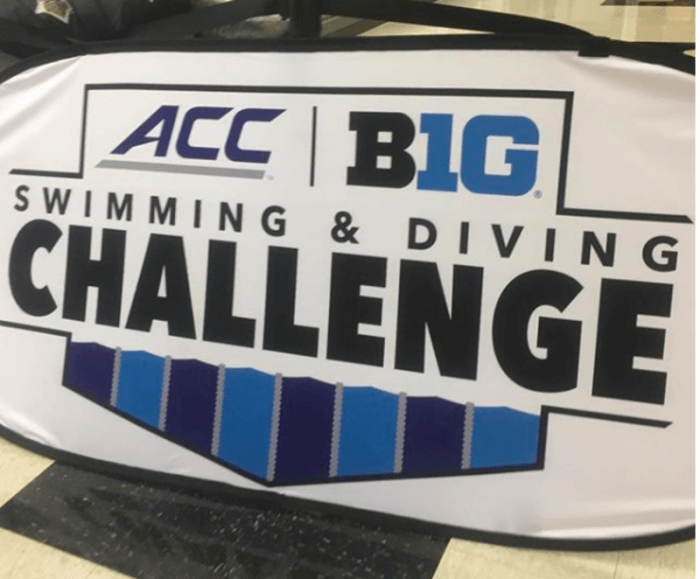Moves by ACC, Big Ten Cast Doubt on College Sports in 2020

The fate of college sports during the COVID-19 pandemic is unclear, and the picture got murkier with a pair of decisions made Thursday.
The Big Ten Conference announced that if it is able to participate in fall sports, it will do so via conference-only schedules. The announcement comes on the heels of the Atlantic Coast Conference delaying all “fall Olympic sports” (read: not football) from starting competition until at least Sept. 1.
The ACC decision allows “each campus to further focus on ensuring return to competition protocols are in place to facilitate the resocialization process.” A unanimous decision by the ACC’s Board of Directors, it covers soccer, cross country, volleyball and field hockey.
The Big Ten’s proviso covers the same sports plus football. “By limiting competition to other Big Ten institutions,” a statement read, “the Conference will have the greatest flexibility to adjust its own operations throughout the season and make quick decisions in real-time based on the most current evolving medical advice and the fluid nature of the pandemic.”
The Big Ten reiterated that all summer activities remain voluntary and that institutions will honor scholarships if athletes choose not to compete.
“While Big Ten member institutions continue to rely on the most up-to-date medical information to establish the best protocols for voluntary workouts on their campuses, in compliance with local and state regulations, the Conference is working with the Big Ten Task Force for Emerging Infectious Diseases and the Big Ten Sports Medicine Committee to finalize Conference-wide protocols,” the statement said. “As we continue to focus on how to play this season in a safe and responsible way, based on the best advice of medical experts, we are also prepared not to play in order to ensure the health, safety and wellness of our student-athletes should the circumstances so dictate.”
Neither statement directly applies to the swim season, but the ramifications more broadly on college sports are likely to ripple outward. COVID-19 is applying a two-prong pressure, from universities dropping programs (Dartmouth became the latest to cut men’s and women’s swimming Thursday) to limits on what competition can occur.
The Ivy League this week banned competition in the fall semester, for both fall-season sports and winter sports that straddle the two semesters. (A full decision on the fate of winter sports is to come.) It was the first Division I league to do so, with several lower-division leagues already cancelling college sports in the fall. The Big Ten and ACC decisions seem a precursor while considering more sweeping changes to the calendar.




Despite the “explosion” in cases in SC, the overall mortality rate continues to drop. Now at 1.8% and the survival rate, as of today sits at 99.26%
Just a fact to ponder
Sharon Chocko Gallagher in my humble opinion, even a mortality rate of 1.8% is too high. These are fellow humans who are dying not just numbers.
Sharon Chocko Gallagher the death rate lags quite a few weeks. The current rise in cases hasn’t hit the death count yet.
Sharon Chocko Gallagher and an even higher survival rate with college age students.
Joanne Newton we should start analyzing the death rate of drugs and alcohol too because those would far exceed these stats. Influenza too. And automobile use. Seriously. If you use correct stats, things we’ve been dealing with for years are far more deadly than this virus. My job is dealing with physicians all day long. This death rate is blown out of perspective- primarily because if you die of a heart attack but perhaps were asymptotic carrier of virus- you go down as a covid death. Numbers are very inaccurate. Of course we need to respect the virus and be cautious- but we should be doing that with everything else too.
Sad situation